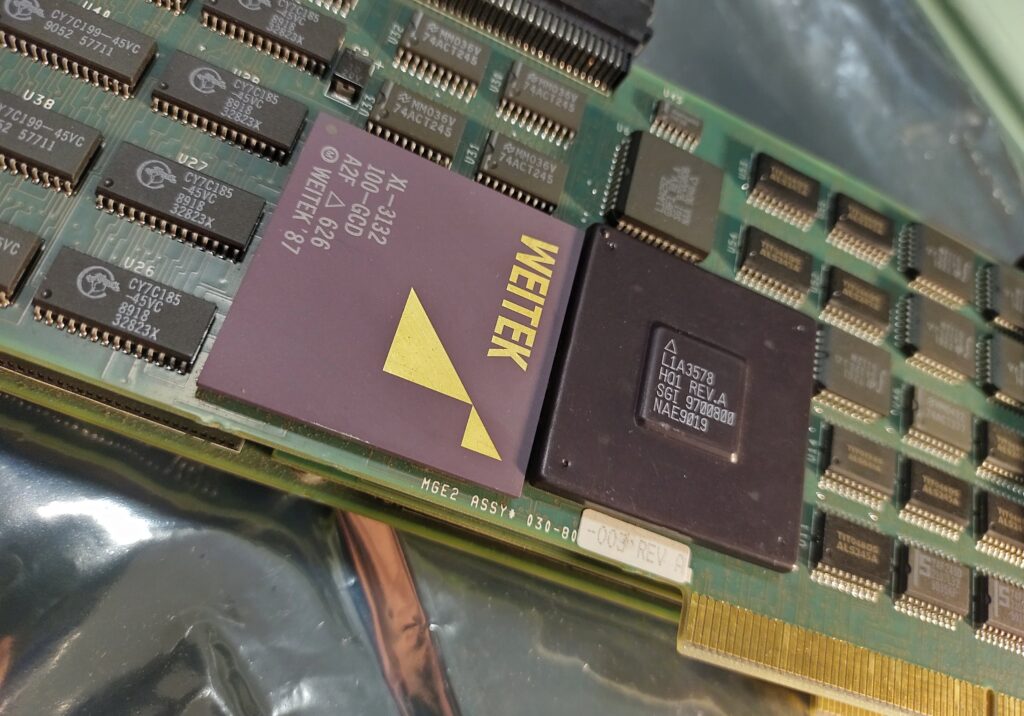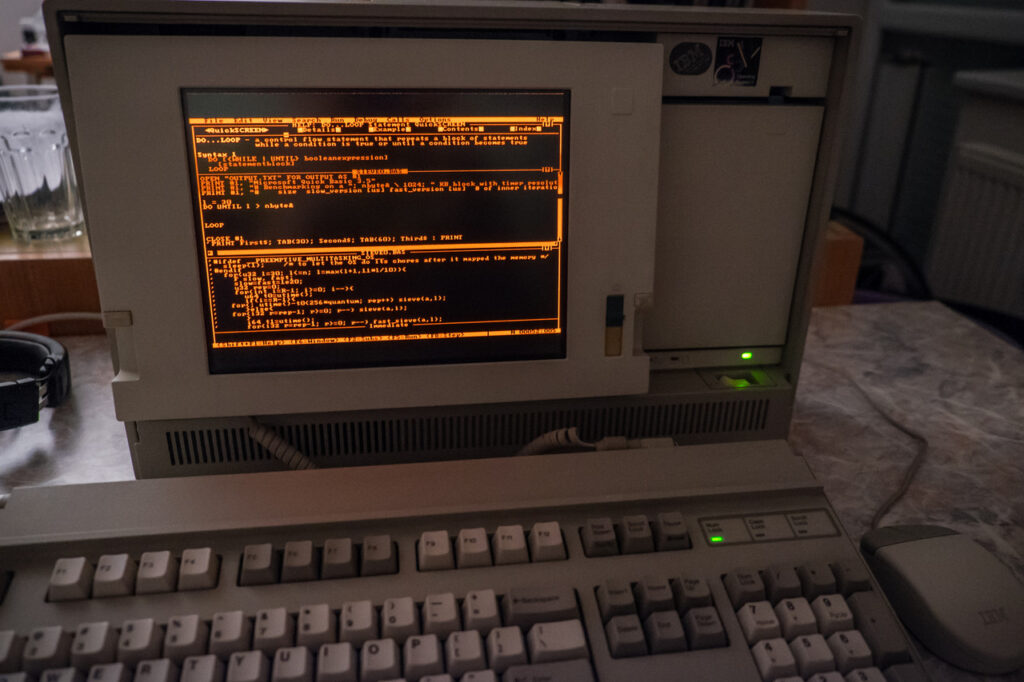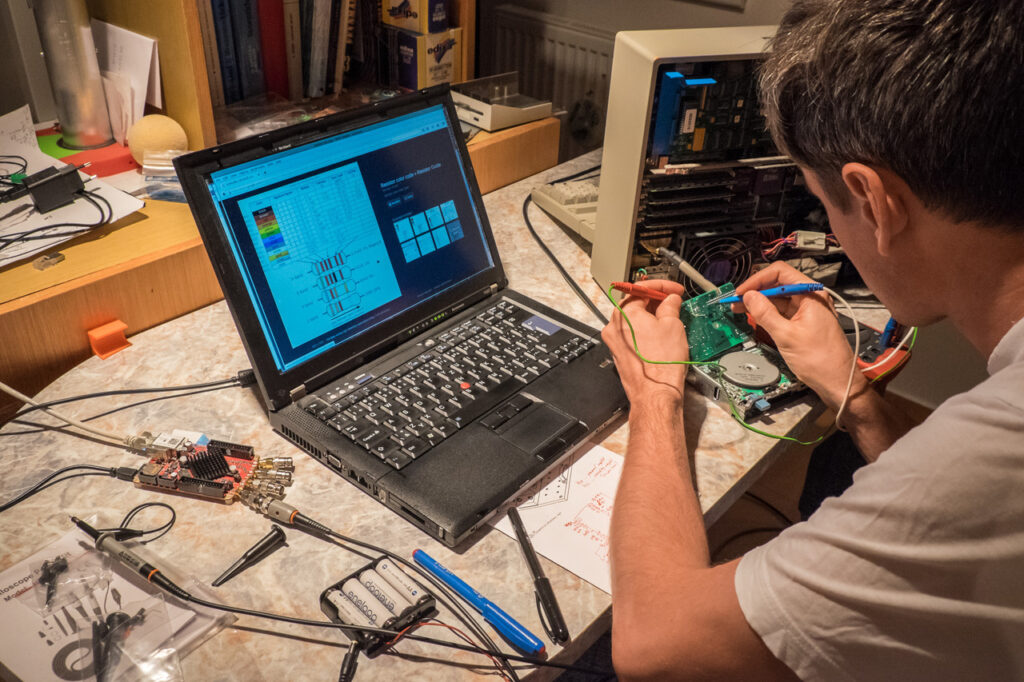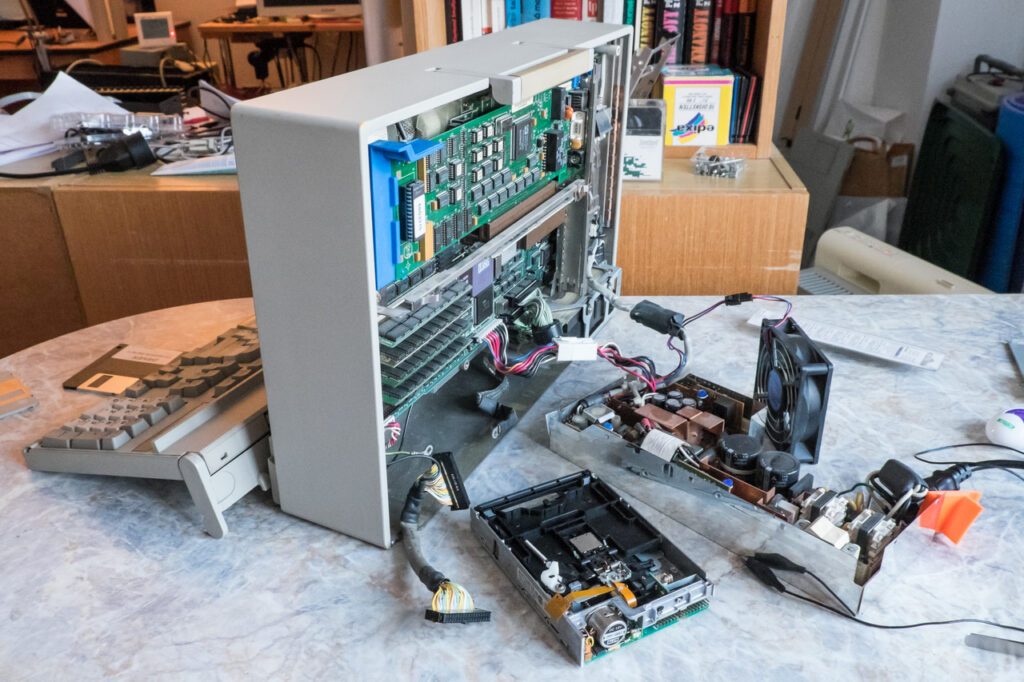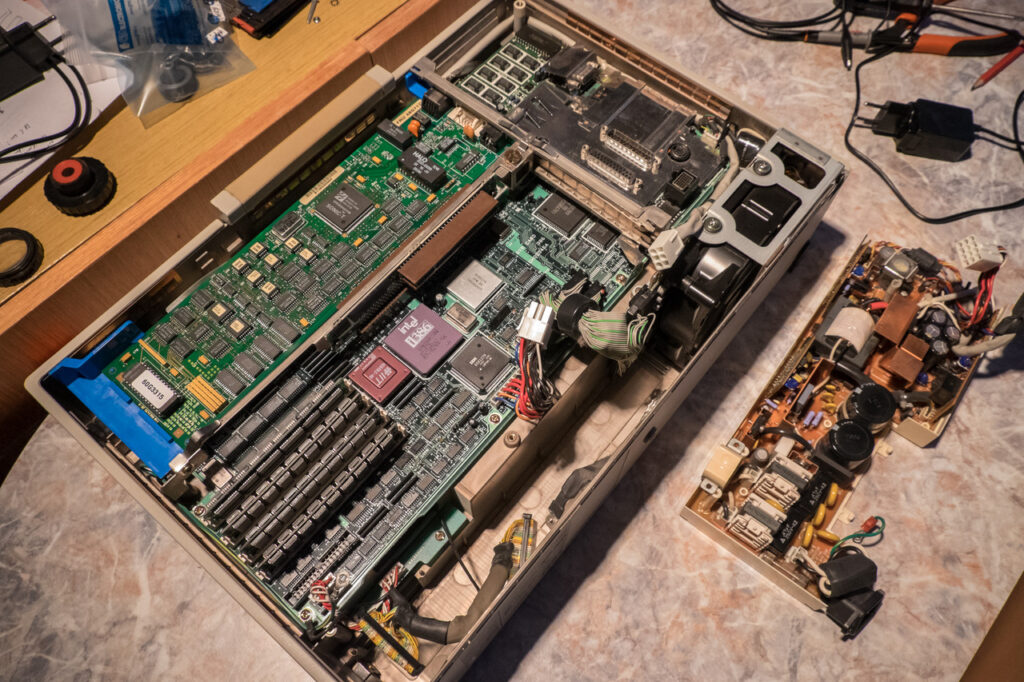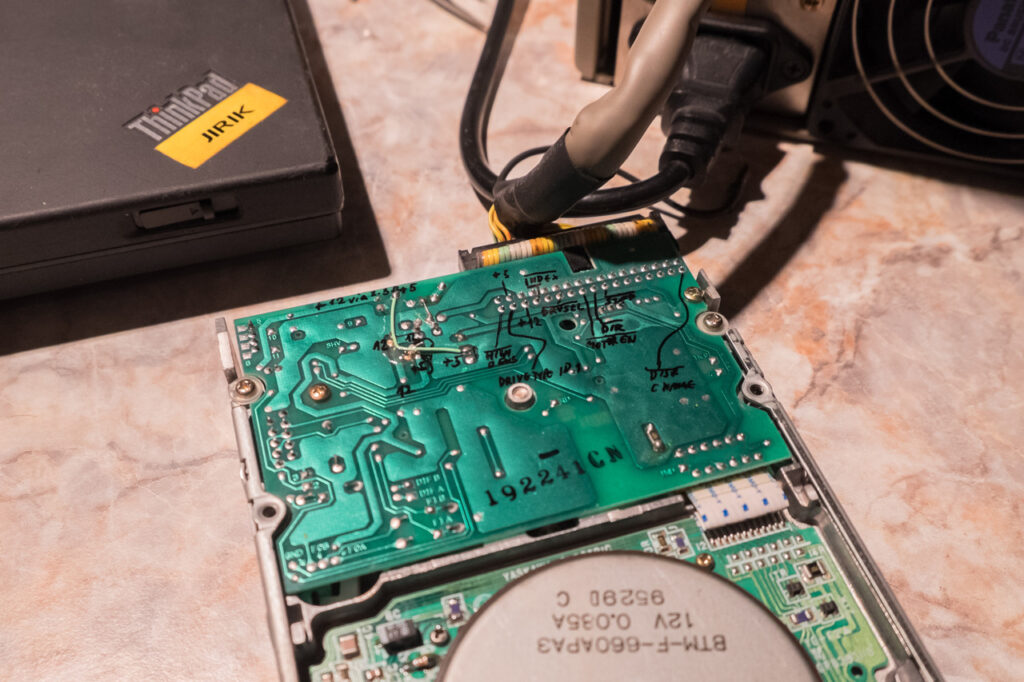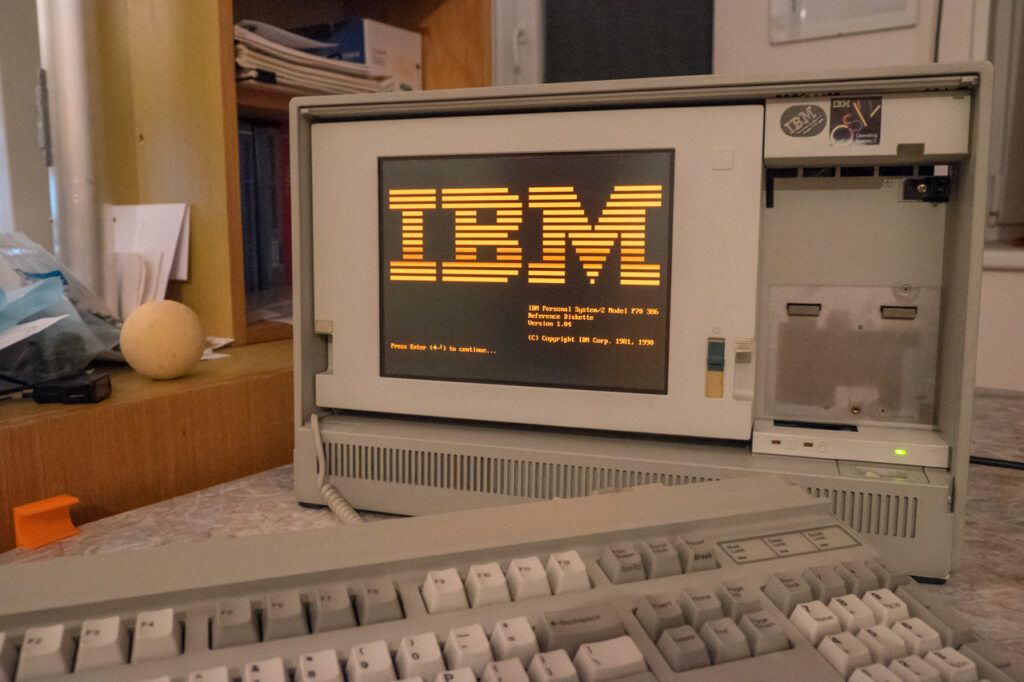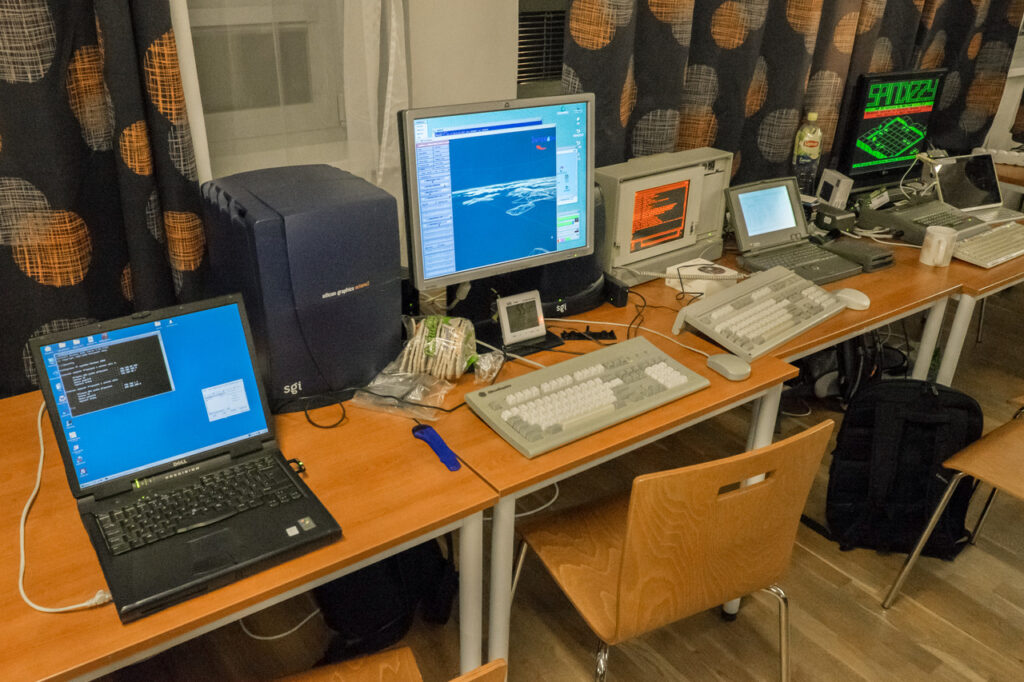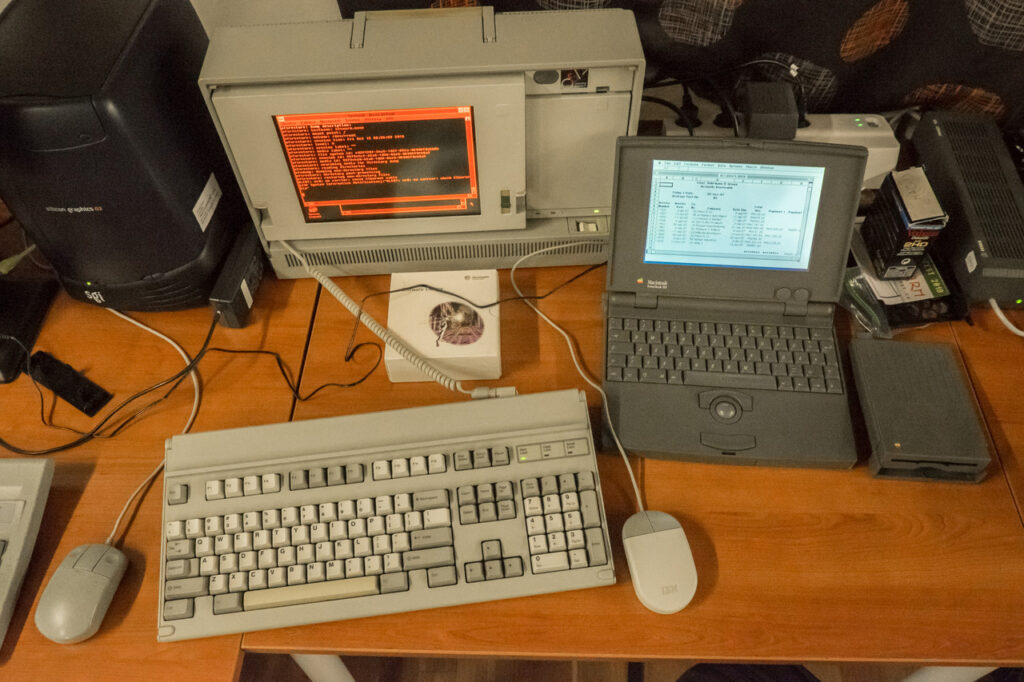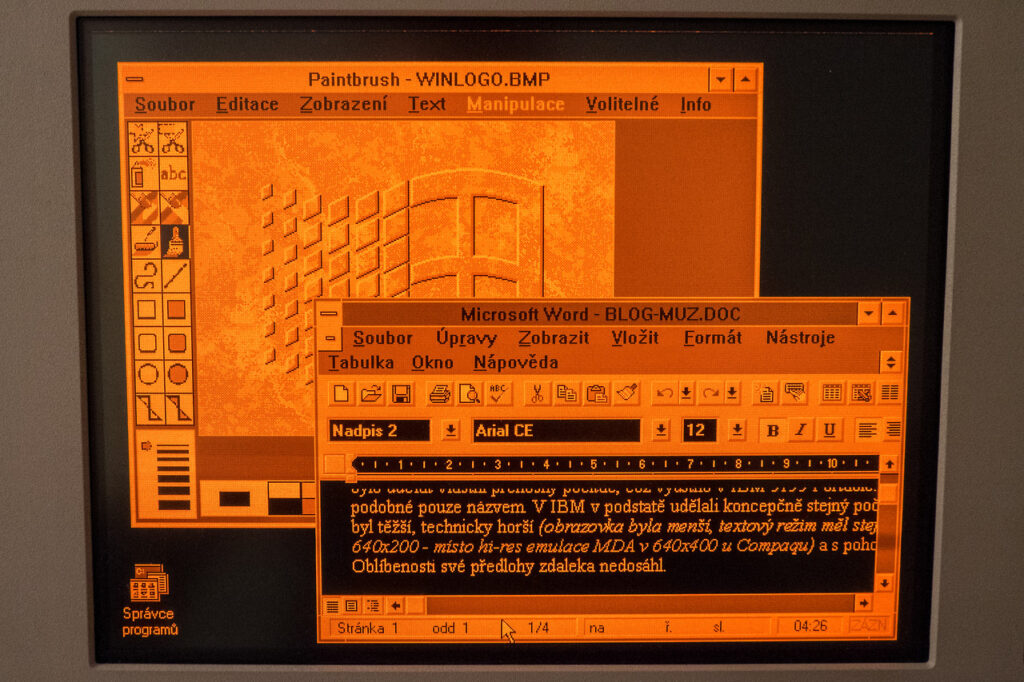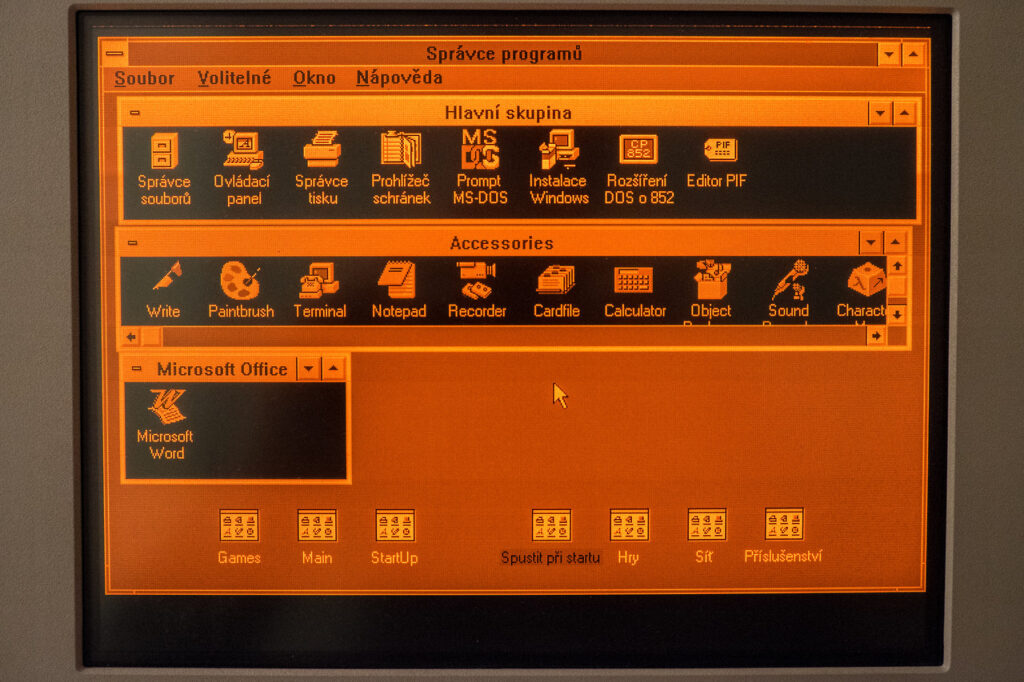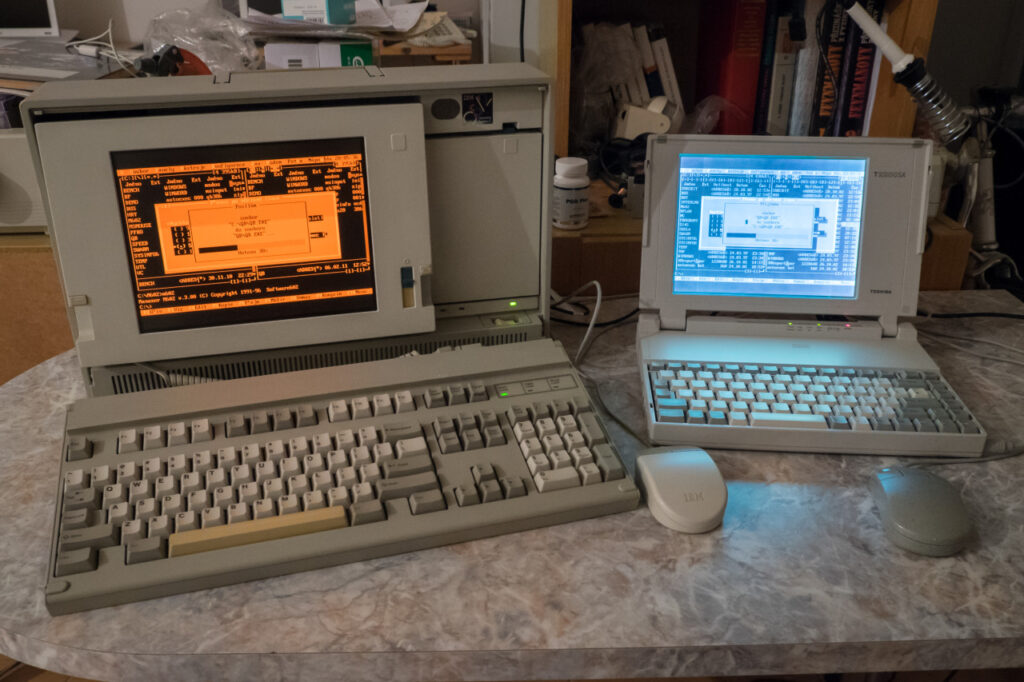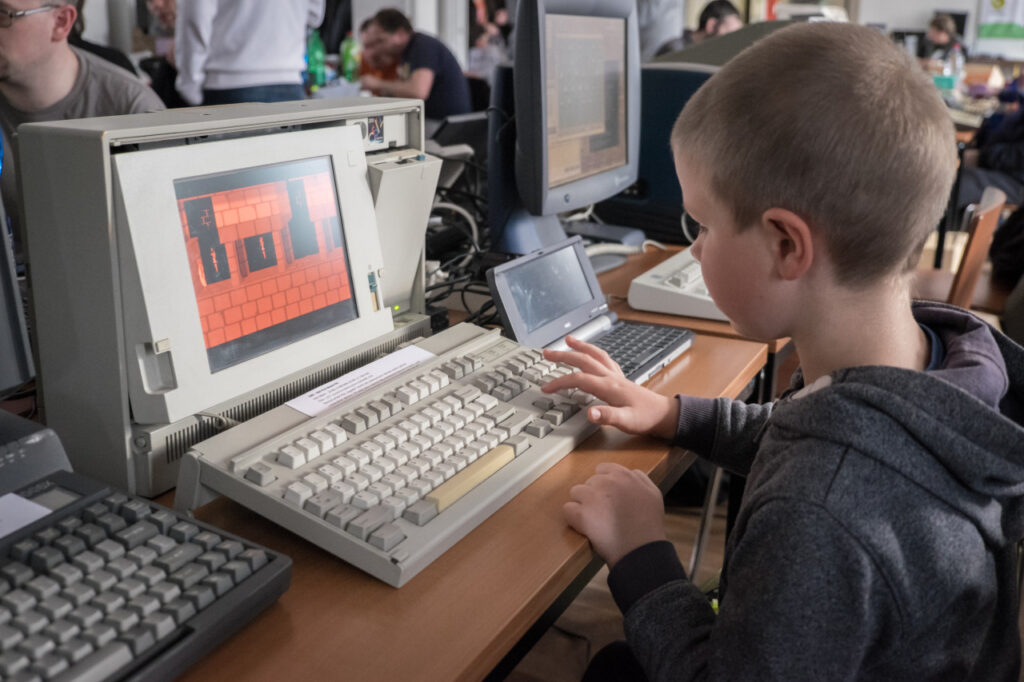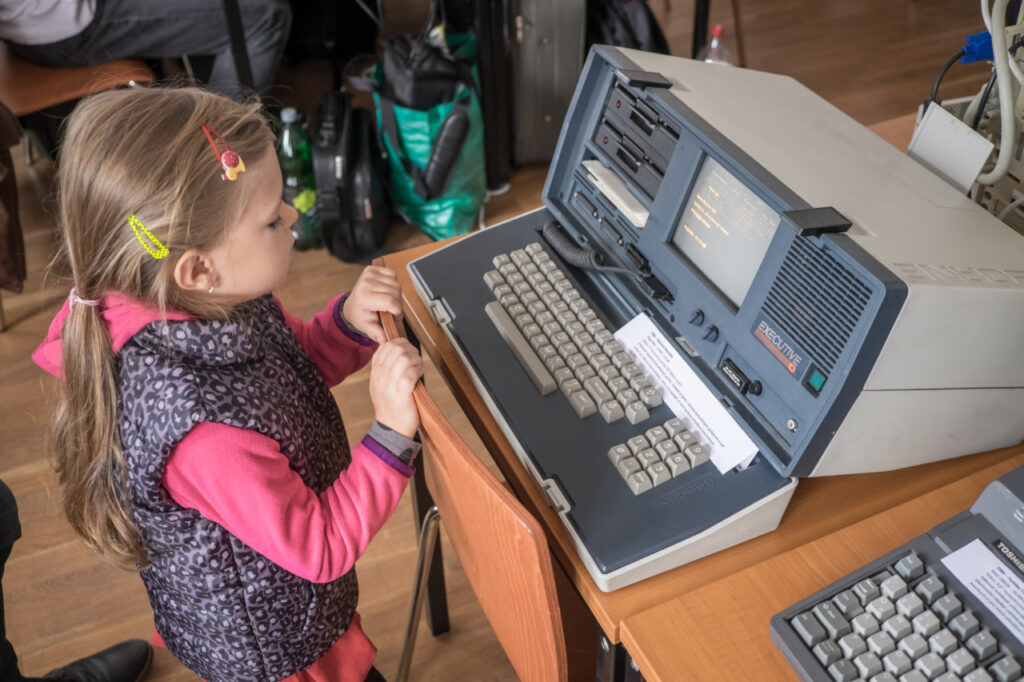SGI IrisVision – a $4,995 3D accelerator in 1990
After years, I’ve finished a long in-depth write-up about an interesting piece of history – the SGI IrisVision 3D accelerator from 1990. It was a scaled-down version of the graphics board set from the SGI Personal IRIS and was intended for PC compatibles (16-bit AT bus) and PS/2 computers (MCA).
See the deep dive article here: https://retro.swarm.cz/sgi-irisvision-add-in-3d-accelerator-for-pc-1990/
The whole thing started when IBM licensed the graphics hardware and the IRIS GL 3D API for their IBM RS/6000 UNIX workstations. Although the IrisVision was not very successful (like all 3D accelerators of the era), it is cool that IRIS GL programs could run under DOS.
At the end of the article, there is a video showing the card in action in a high-end IBM PS/2 Model 70 with a 25-MHz Intel 386 and 387.
